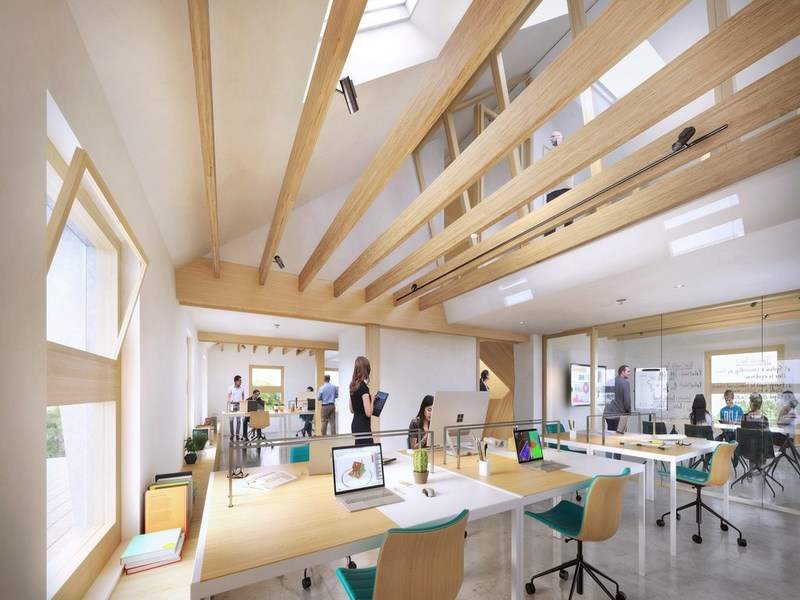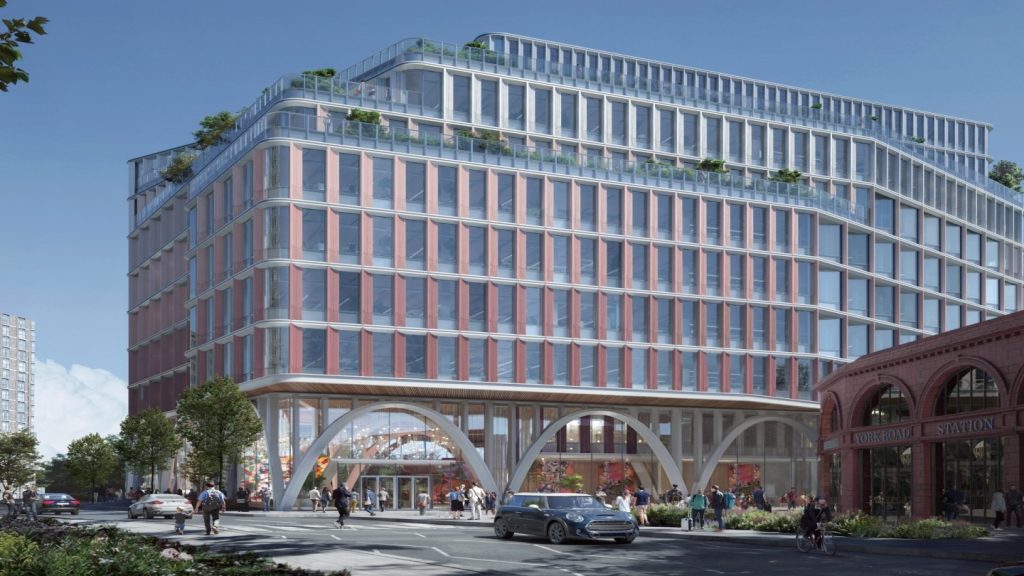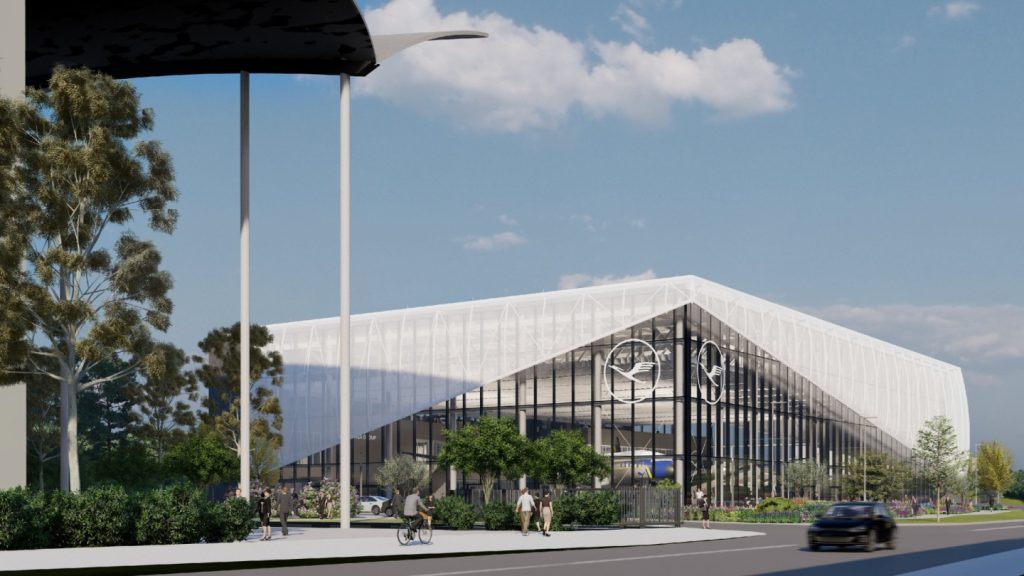

The Harvard University Graduate School of Design’s (GSD) Harvard Centre for Green Buildings and Cities is retrofitting its headquarters under the HouseZero project to demonstrate improved sustainability.
The facility will be converting its pre-1940s stick-built house into a prototype that will not use HVAC system or electric light during daytime and will have complete ventilation, nearly zero energy and carbon emissions.
HouseZero was created by the Harvard Centre for Green Buildings and Cities founding director Ali Malkawi, who is also an architectural technology professor at the GSD.
Malkawi said: "Before now, this level of efficiency could only be achieved in new construction.
"We want to demonstrate what's possible, show how this can be replicated almost anywhere, and solve one of the world's biggest energy problems – inefficient existing buildings."
See Also:
The new project is expected to aid in the creation of a blueprint for restraining climate change by decreasing the energy demand and reducing operating costs to save money for property owners.
How well do you really know your competitors?
Access the most comprehensive Company Profiles on the market, powered by GlobalData. Save hours of research. Gain competitive edge.

Thank you!
Your download email will arrive shortly
Not ready to buy yet? Download a free sample
We are confident about the unique quality of our Company Profiles. However, we want you to make the most beneficial decision for your business, so we offer a free sample that you can download by submitting the below form
By GlobalDataDuring the retrofit, thermal mass and a ground source heat pump will replace the HVAC system. A solar vent will also be included for buoyancy-driven ventilation, and a manual and automated system on windows will allow temperature, humidity, and air quality monitoring.
Estimated to be completed in seven to nine months, the new facility will feature natural light without off-gassing material, and will use materials that will automatically adjust with the seasons and environment.
Professor Malkawi added: "All components of the building are sensored to generate data that will allow the building to adjust itself and fuel CGBC research focused on actual data and simulated environments.
“Because the lab is connected to an ultra-efficient structure, this space will allow for the testing, swapping, and optimisation of new, intelligent technologies, façades, and materials to inspire the next generation of ultra-efficient buildings.”
Snøhetta served as HouseZero’s lead, interior, and landscape architect, while Norway-based Skanska Technology was responsible for the energy concept, in collaboration with the Harvard Centre for Green Buildings and Cities.
Image: The HouseZero project. Photo: courtesy of Snøhetta/Plompmozes.







